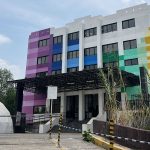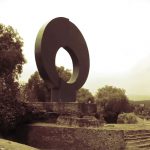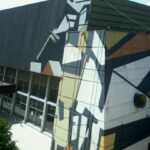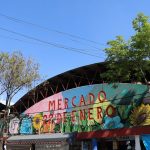

Historically the space is a place won by the community.

A broadly symbolic work on the Friendship Sculptural Route...

One of the City's most important center's for music and performing arts...

A great neighborhood market in the south of the city...

One of Tlalpan's most astonishing religious sites...